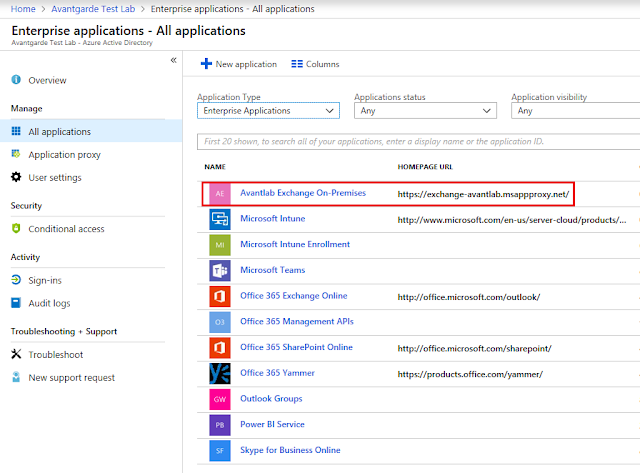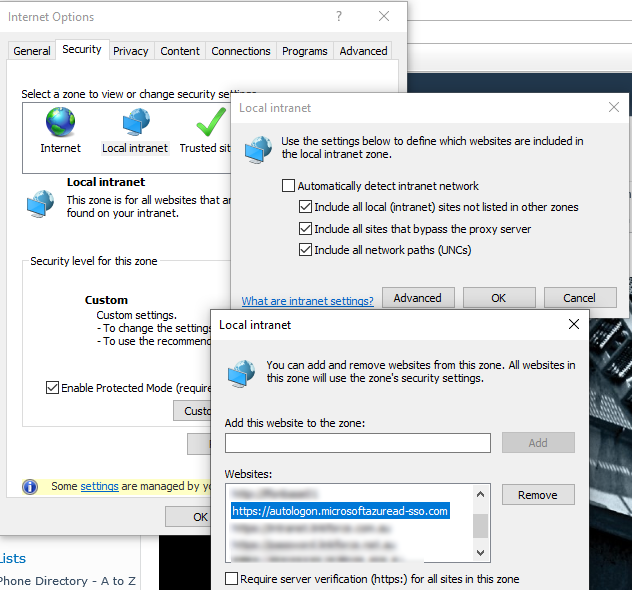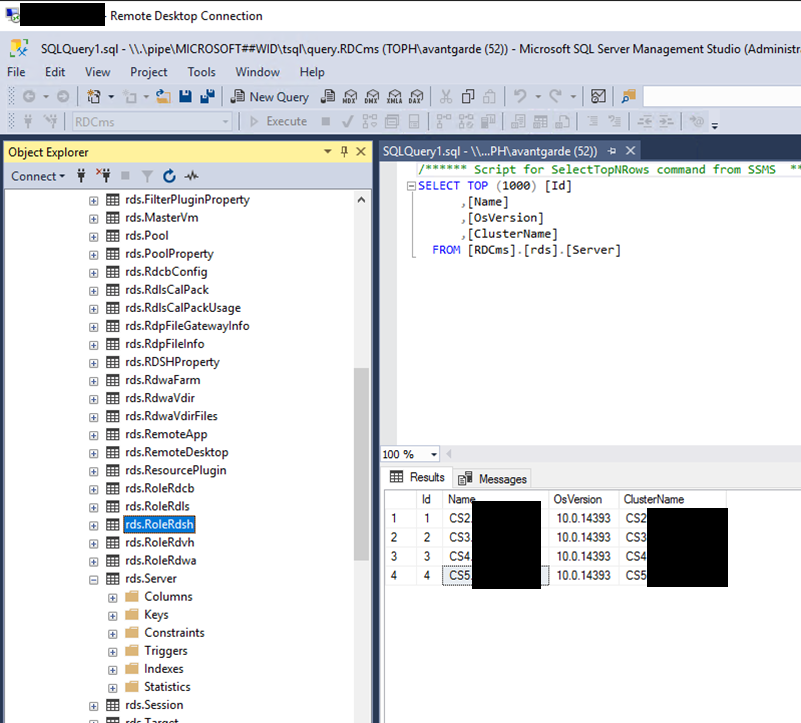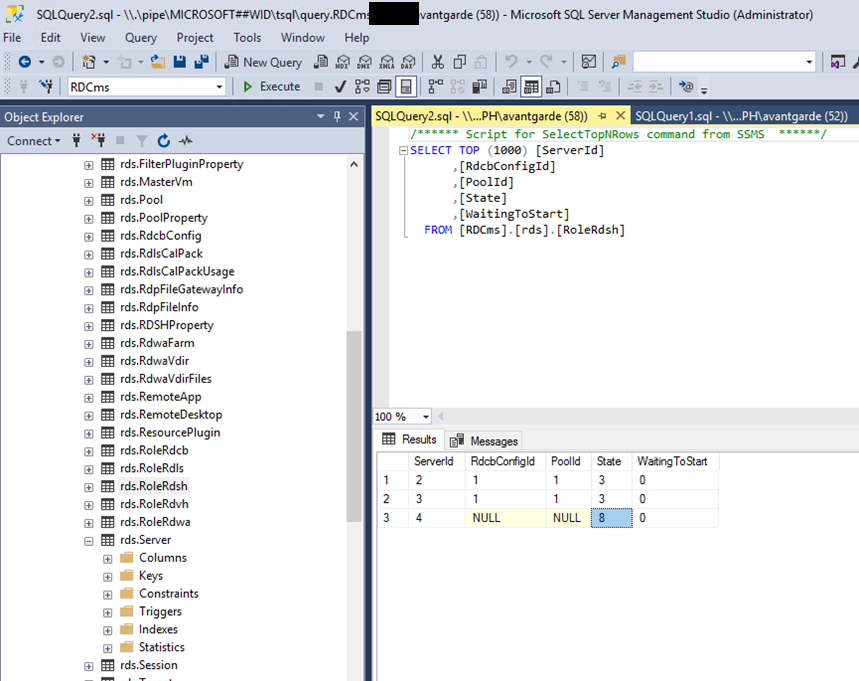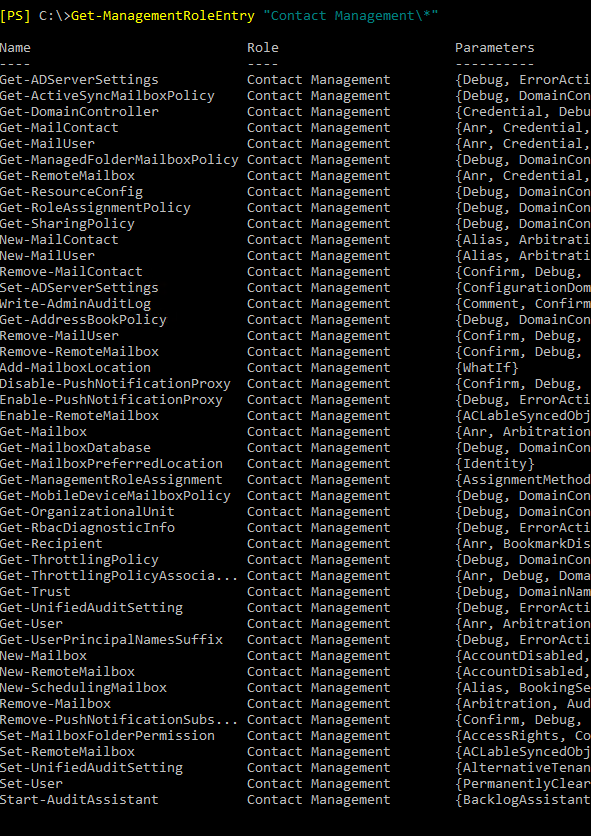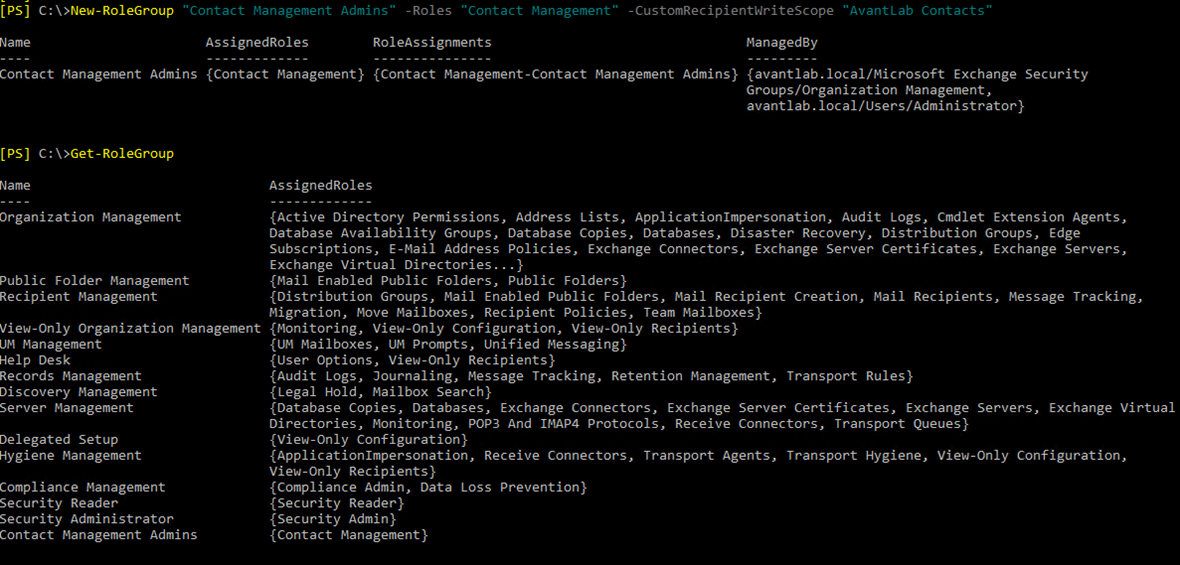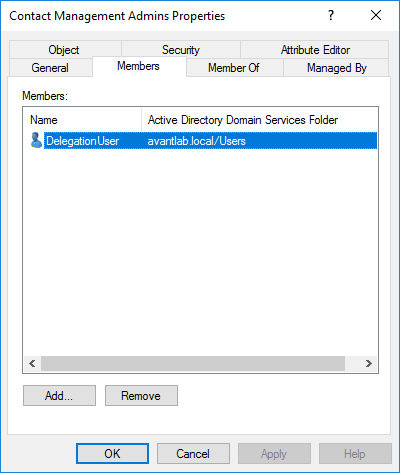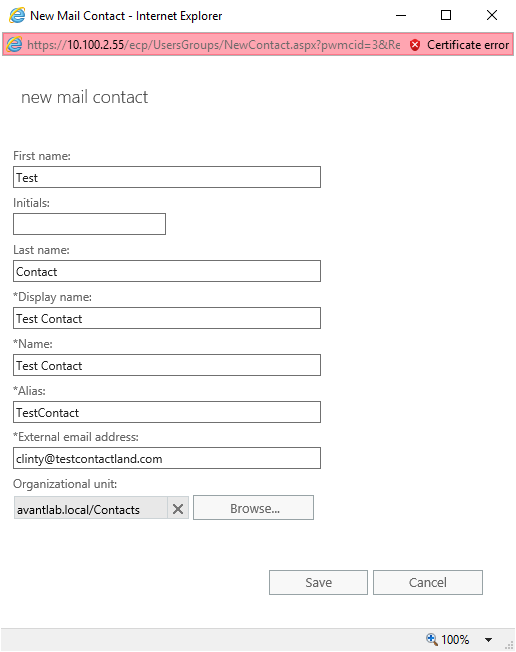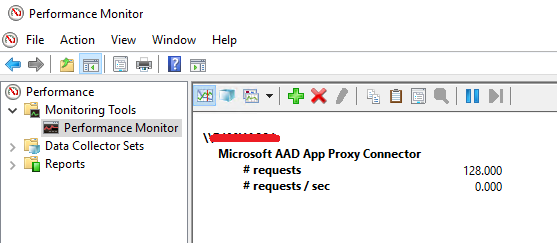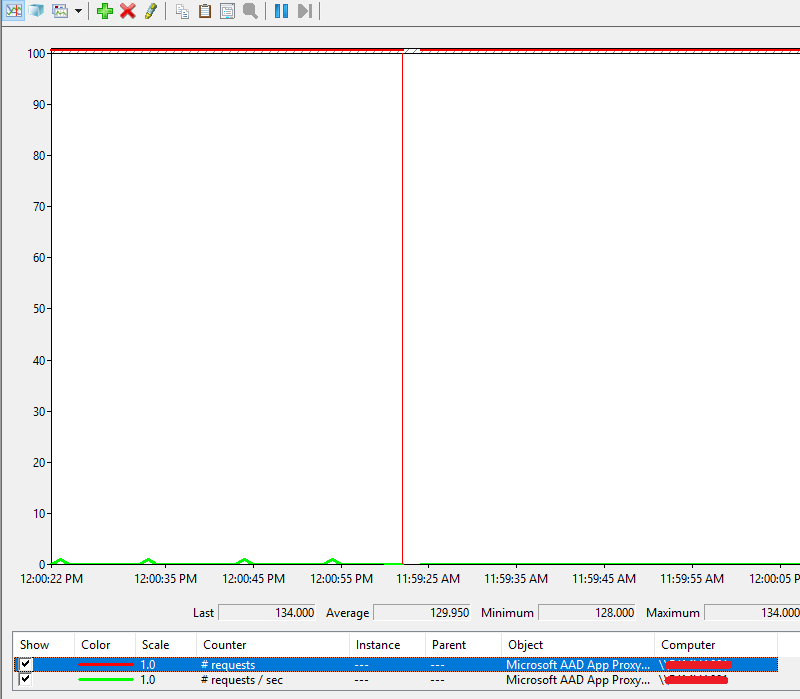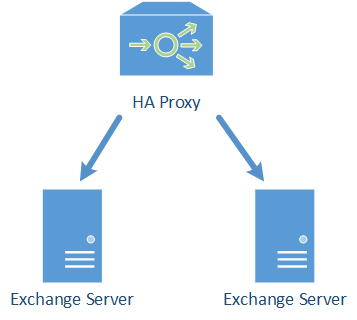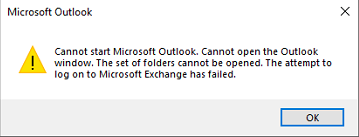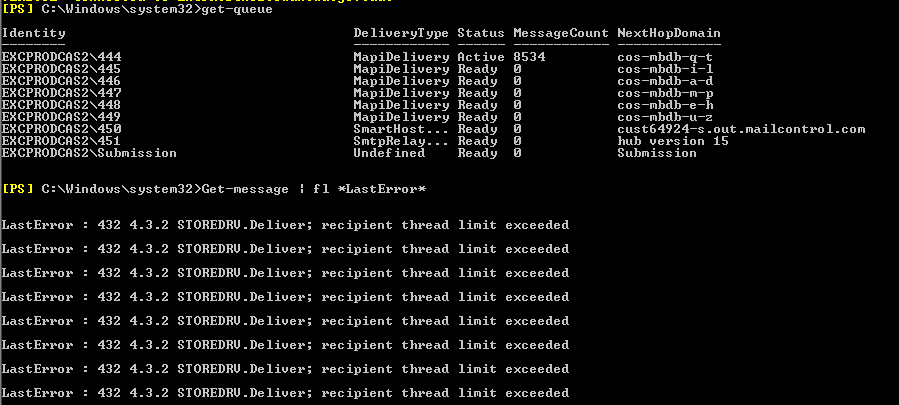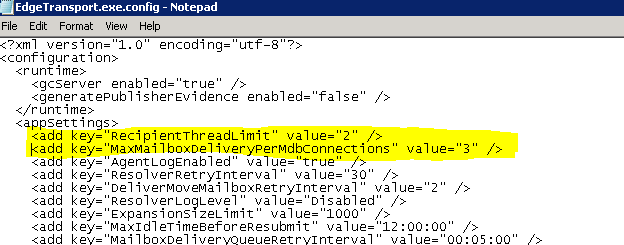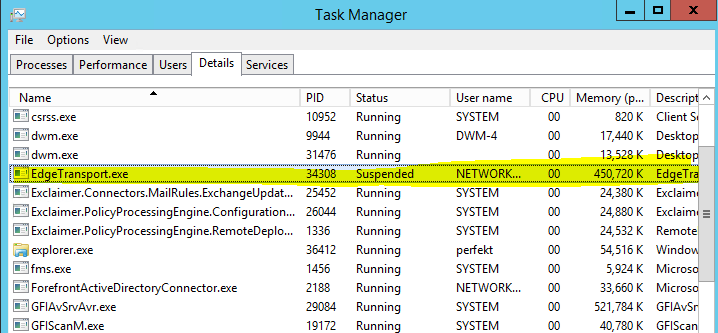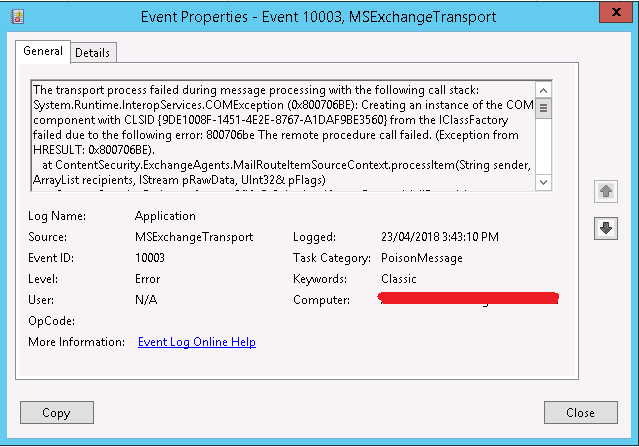Azure AD Application Proxy Overview
It is important to mention, Azure AD Application Proxy is regional based. Microsoft will automatically select the Azure Datacentre to host this service for you based on the country you specify when signing up to Microsoft Azure. When you enable Application Proxy, the Application Proxy service instances for your tenant are chosen or created in the same region as your Azure AD tenant, or the closest region to it.
I have put together a high level overview of how Azure AD Application Proxy works below which I will be going through below (click to enlarge).
- Azure AD Application Proxy Apps
- Connectors
- Connector Groups
- Backend Applications
Azure AD Application Proxy Apps
Azure AD Application Proxy Apps sit in Microsoft Azure along side all your Software as a Service (SaaS) that you have published through Azure AD. The primary difference between Application Proxy applications and standard Web Based Cloud applications, is Proxy Apps will redirect you to the server on-premises.
In Microsoft Azure, you can see the Application Proxy Applications with all your other Enterprise Applications. Simply login to https://portal.azure.com and select Azure Active Directory --> Enterprise Applications.
When we open the Enterprise Applications, we can see an Azure AD Application Proxy application I created which sits along with all my other SaaS applications that I have associated with this Azure AD Tenancy.
Users can access the application directly by going directly to the Application Home Page URL or by logging into their application portal where all their SaaS applications are published. This portal is under:
http://myapps.microsoft.com
As you see my test user user1@avantlab.com.au has only been presented with a few applications:
Connectors facilitate traffic flow from the Azure AD cloud to your on-premises applications. They are services which are installed on servers on your internal network running Server 2012 R2 or Server 2016.
Connectors are stateless and hold no configuration data on the machine apart from settings needed to connect to the Azure AD cloud service and its authentication certificate required for authenticating itself against the cloud. They automatically update their configuration information every few minutes from the cloud.
When installed on an on-premises server, the connector will simply show as services in the Windows MMC console.
All connectors do not require any inbound firewall or Network Address Translation (NAT) rules publishing the connectors to the Internet. They only initiate outbound connections to Azure creating a stateless connection to the cloud which is used to receive inbound application requests. You can move the member servers running these connectors to different datacentres or public IP addresses, and because they are creating outbound connections it will not disrupt the on-premises web applications they publish.
As the Connectors do not require any inbound ports open from the Internet, they do not need to be located within a Demilitarized Zone and can go directly on servers on your internal network. It is recommended deploying the connectors as close to your servers as possible to minimise latency.
Connectors can service multiple Azure AD Proxy Applications on your internal network and can be made fully redundant.
For production environments, it is always recommended to have multiple (at least two) Application Proxy Connectors on an on-premises environment to provide high availability to published on-premises applications.
Microsoft Azure automatically maintains the on-premises connectors not only the configuration, but updates. Provided the "Microsoft AAD Application Proxy Connector Updater" service is running, your connectors will be automatically updated and patched. If you have multiple connectors on your environment associated with a connector group, updates will only target one connector at a time in the group to prevent downtime to your environment. We will talk about connector groups next.
Lastly it is important to mention, Connectors can run on member servers that are not domain joined however if you want Single Sign-On (SSO) working for applications that use Integrated Windows Authentication, they need to be setup on domain joined servers. I will be showing you how to deploy Windows Integrated Authentication for an Azure AAD Application Proxy connector later in this post.
Connector Groups
All Connectors are associated with a Connector Group in Azure. If you do not first define a Connector Group, all connectors you create will get assigned to a "Default" Connector Group.
A few key things to take away from Connector Groups:
- Every AAD Proxy App you create must be assigned to one Connector Group (one to one relationship)
- One Connector Group can contain Many Connectors (one to many relationship)
- One Connector Group can service many applications (one to many relationship).
For most companies, only one Connector Group will be required with a few connectors as this will look after all your internal applications. But why would you want to create multiple Connector Groups? There is a few reasons.
- Multiple Datacentres
- Network Isolation
- IaaS Deployments
- Multi-Forest Deployments
- Multiple Companies in a Single Azure AD Tenant
Multiple Datacentres
If you have multiple datacentres, you will most likely want to have a separate connector group with connectors in each datacentre. This is to ensure latency is minimised between the connector and the application to provide the best experience for the users.
Network Isolation
If you have any network isolation between applications on your internal network such as Access Control Lists or Network Segmentation, you will want to ensure separate connector groups are created for each segment. Remember the connectors associated with the connector group need internal connectivity to the application published.
Infrastructure as a Service Deployments
If you have any member servers in an IaaS cloud running internal web applications, you will most likely want to put connectors in the IaaS tenancy to minimise latency and a separate connector group.
Multi-Forest Deployments
If you have multiple on-premise Active Directory forests, you want a connector group for each Active Directory forest so that Kerberos Constrained Delegation works correctly for each forest.
Multiple Companies for a single Azure AD Tenancy
Some IT Departments for parent companies may run the on-premises networks for many child companies which are associated against a single Azure Tenancy. You will want a connector group for each child company as they will most likely each have their own Active Directory forest.
Backend Applications
Backend applications are the on-premises products you wish to publish to the cloud via Azure AD Application Proxy. I displayed in my diagram Exchange or SharePoint, but you can also publish other applications from Microsoft or third party vendors - as long as the entire application is web based.
Azure AD Application proxy Access Workflow
Before I get stuck into going through the steps for configuring Azure AD Application Proxy, I want to quickly touch base on the 6 steps which occur when a user accesses an application published in Azure AD Application Proxy. This is taken from TechNet but is important to understand.
- The user accesses the application through the Application Proxy service and is directed to the Azure AD sign-in page to authenticate.
- After a successful sign-in, a token is generated and sent to the client device.
- The client sends the token to the Application Proxy service, which retrieves the user principal name (UPN) and security principal name (SPN) from the token, then directs the request to the Application Proxy connector.
- If you have configured single sign-on, the connector performs any additional authentication required on behalf of the user.
- The connector sends the request to the on-premises application.
- The response is sent through Application Proxy service and connector to the user.
I have gone through and documented the steps for publishing Exchange 2016 on-premises Outlook Web App via Azure AD Application Proxy so you get an understand what is involved in setting up this technology. In this deployment I have a single connector which is installed on my Exchange 2016 server in a default connector group.
For a production deployment, you will want to ensure the connectors are installed on dedicated servers and that you have more then one connector server for redundancy.
In this lab deployment also is using Password Hash Synchronisation between the on-premises environment and Azure AD. If your company does not want to store your user password hashes in Azure AD, you can also use Passthrough Authentication with the Azure AD Connect tool.
Before we start configuring the Azure Application Proxy, you need to have Azure AD Connect setup and synchronising. You will most likely already have this in place, but if you have never done this before, I have documented the steps. Its very straight forward!
Setting up Azure AD Connect for Password Hash Synchronisation
First of all download the Azure AD Connect tool from:
https://www.microsoft.com/en-us/download/details.aspx?id=47594
Once the tool is downloaded, run it and accept Microsoft's End User Licensing Agreement (EULA).
- Microsoft AAD Application Proxy Connector
- Microsoft AAD Application Proxy Connector Updater
- Give the application a name, this is what users will see in the myapps.microsoft.com portal.
- Enter the Internal URL of the application. This is the FQDN of the web based application on your internal network.
- Select a DNS name for the service, you can use a Microsoft domain or lab purposes or your own domain which you will need to take care of the DNS changes yourself. As this is a lab I just used the Microsoft msappproxy.net domain.
- Under Pre-Authentication you can select from Azure Active Directory or Passthrough Authentication. Azure Active Directory requires the password hashes to exist in Azure AD.
- As we did not create a connector group it will just use the Default group. For production deployments I recommend you create a Connector Group first and give it a descriptive name such as the datacentre/location where the connectors will exist.
- Password-based Sign-on
- Linked Sign-on
- Integrated Windows Authentication
- Header-based Sign-on
As you see below I changed my Exchange Virtual Directories and restarted IIS so that we are using Windows Integrated Authentication for both ECP and OWA. Forms based authentication is now disabled.
Below is a list of virtual directories on an Exchange 2016 frontend website. I configured the ECP and OWA virtual directories to use Integrated Windows Authentication however if I try and establish an ActiveSync connection from a mobile phone to exchange-avantlab.msappproxy.net it will fail, as the Microsoft-Server-ActiveSync virtual directory uses basic authentication over SSL.
[ALLOW] https://exchange-avantlab.msappproxy.net/microsoft-active-sync
[ALLOW] https://exchange-avantlab.msappproxy.net/oab
[ALLOW] https://exchange-avantlab.msappproxy.net/autodiscover
[BLOCK]https://exchange-avantlab.msappproxy.net/powershell
[BLOCK]https://exchange-avantlab.msappproxy.net/ecp


